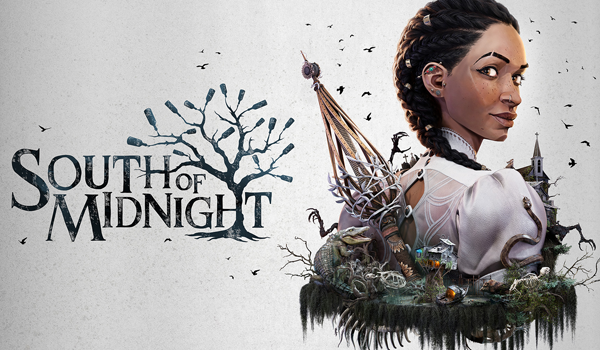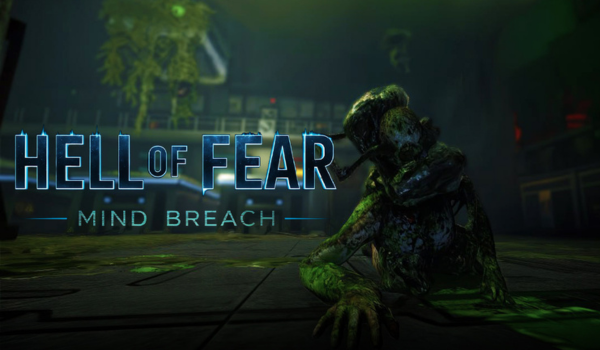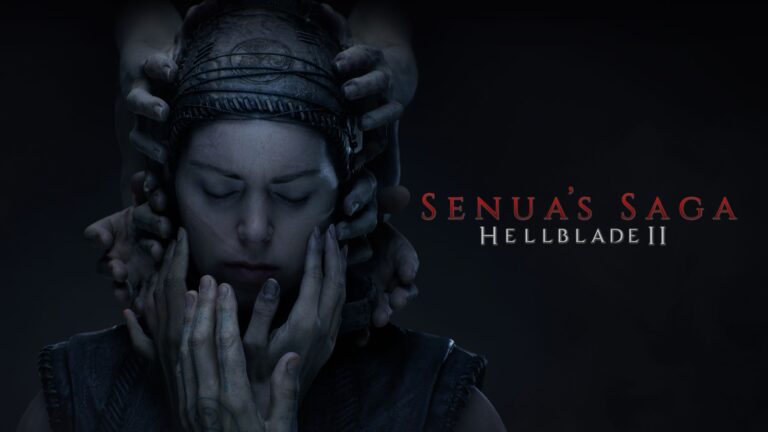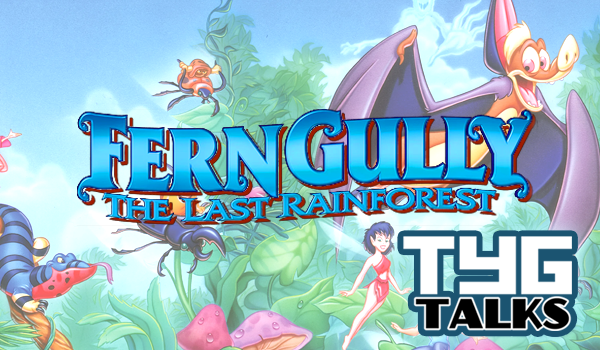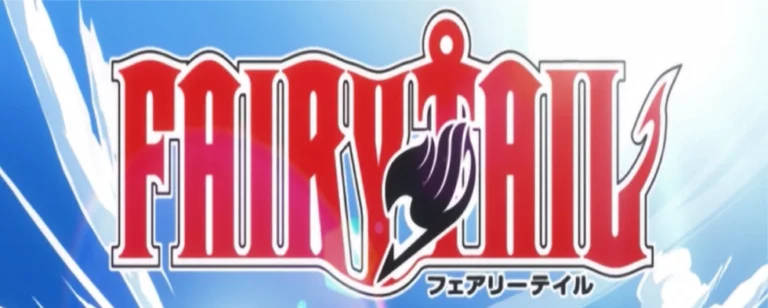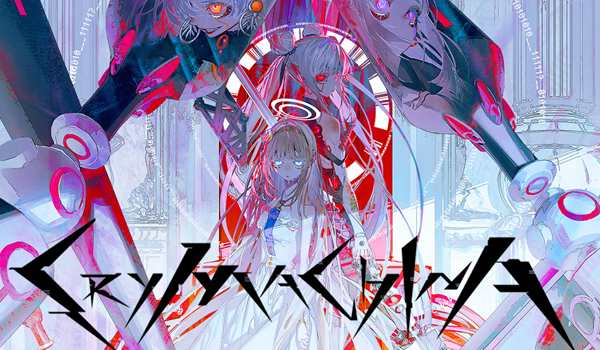
What do you get when you blend an anime dev with clear inspiration from Nier? Well, you get CRYMACHINA. This Action RPG is on most modern systems, although oddly not Xbox despite being on PC. If the name FuRyu rings a bell, then that is because early last year the team brought out Monark (anime-focused tactics game) with the same distinct art style and use of throwing you into the plot with next to little build-up.
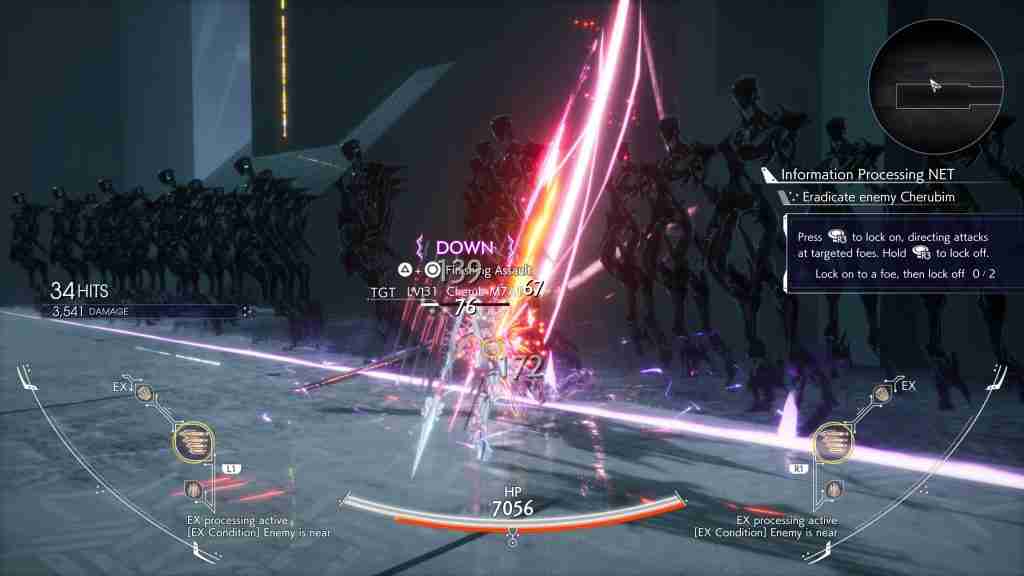
CRYMACHINA is an action RPG that takes place 2000 years after the end of humanity (don’t worry this is told during the intro of the game). The main character dies during this opening and is seemingly thrown straight into the world shortly after, not too dissimilar from an Isekai anime. All is not what it seems as she discovers she was resurrected 2000 years after dying.
The reason she has returned to ‘life‘, along with other ex-humans found throughout the journey (be they friend or foe), is that their souls/memories have been placed into android frames to get the eight deity Deus Ex machines back in line and stop infighting amongst them, whilst also fighting to gain ExP to be considered human despite being in android bodies, as the more someone fights and gains this resource the more one is considered human in the eyes of the Deus Ex Machina.
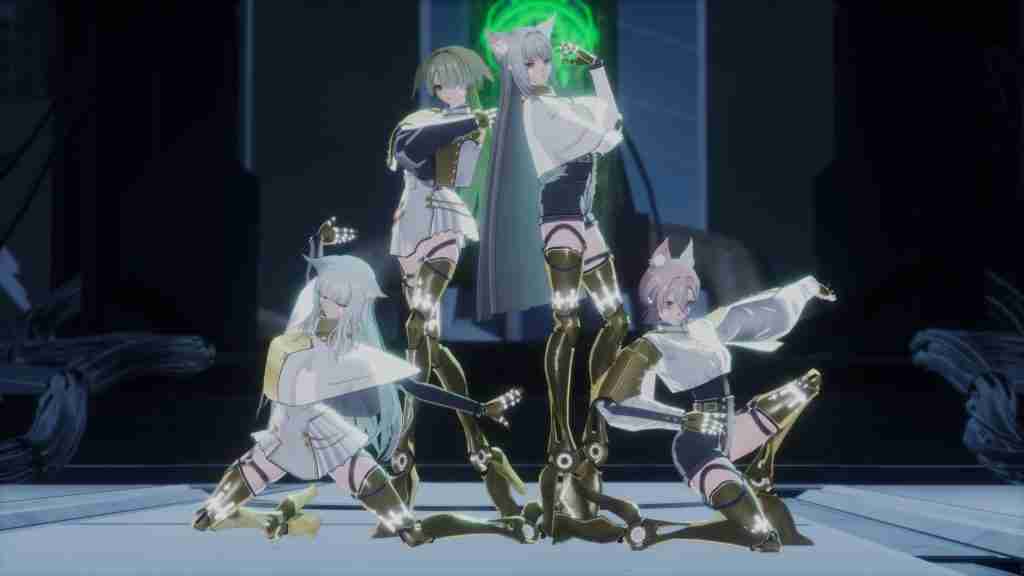
The plot is wild and filled with a lot of sci-fi jargon made to explain the gain eg. ExP meaning the traditional sense for gameplay but also an in-universe terminology, yet I expect nothing less from FuRyu at this point. The characters all have unique personalities, despite some being quite standoffish while others are utterly adorable. It was delightful watching them interact with each other, even if some of these interactions seemed to carry on far longer than felt necessary. More specifically, you get three different conversations before starting a mission, then another bunch of dialogue sequences at the start of one. Despite this, however, it is endearing to watch them grow throughout the game and plot.
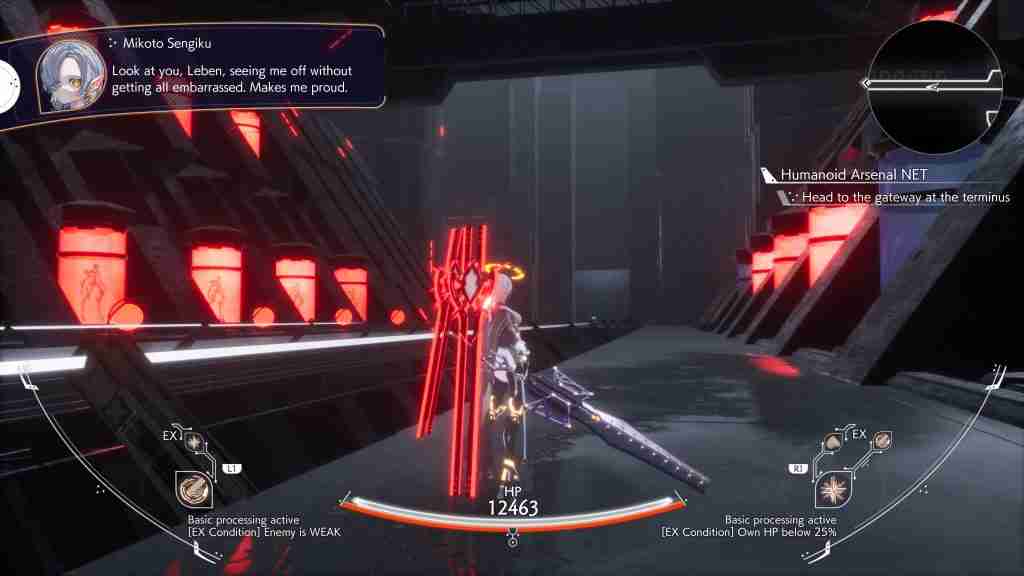
The art style is absolutely stunning, from the creatures to the character models, and even the locations you find yourself in, it’s a real treat for the eyes. The music and sound design in general is also something to be praised as the soundtrack is fantastic and compliments the visuals well. As voice acting goes, all the dialogue is exclusively in Japanese which can be a little cumbersome at times, especially when you’re in the middle of combat and you’re missing plot-relevant speech. Sadly there is very little depth or variety in the areas you visit in-game despite how pretty they are; when you’ve seen the same stylistic location enough times its charm starts to wane.
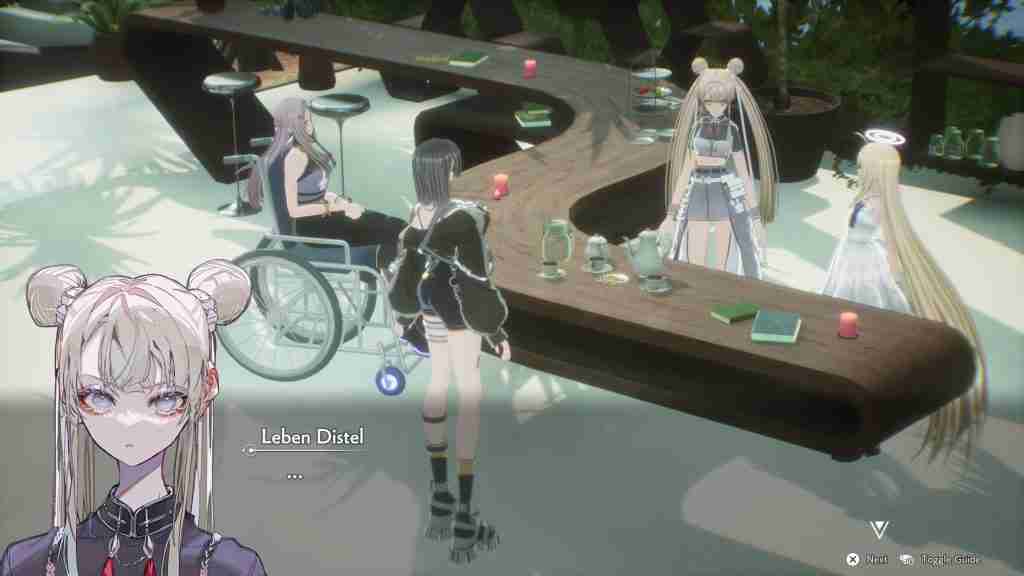
The gameplay consists of two major phases, and it’s heavier in one than the other. There’s the action RPG side where you level up, set your attacks, swap weapons – the works – and you can build your characters into death machines. Combat comes in short bursts as you go on “missions” in a zone, do some walling, solve a small puzzle or two, and then hit the end – which will either be a small boss fight or a grouping of enemies. Again the “missions” are small and short usually accompanied by dialogue. The gameplay itself was fast and fluid, and really easy to get stuck in and start bashing monsters around but, personally, there wasn’t enough combat when compared to the lengthy cut-scenes.
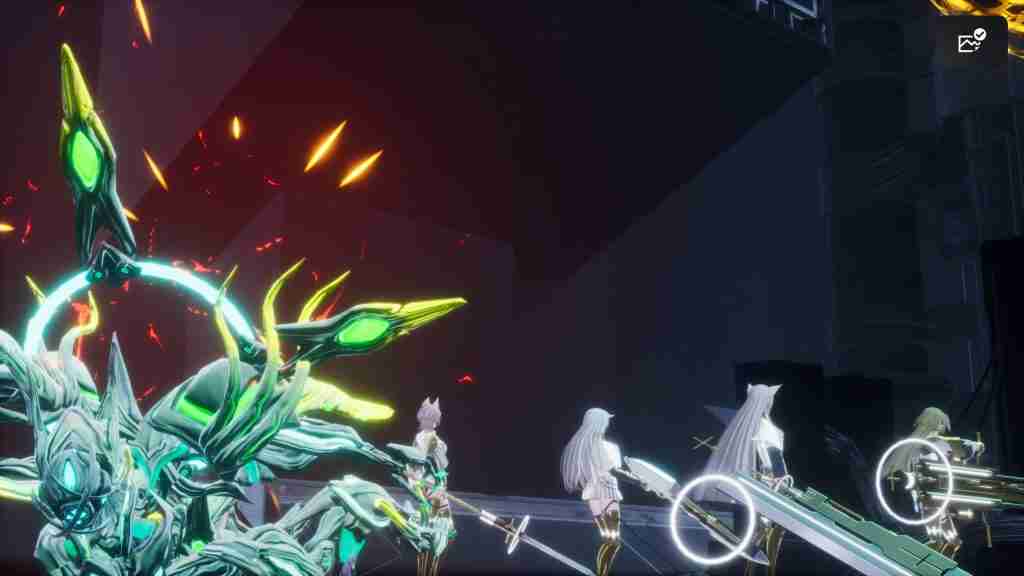
When you’re back in the hub the game becomes almost a visual novel as there is what’s called the “tea room” where characters will give more story. Early on you need to sit and read two or three of these each time before you’re back into the action – and that’s assuming you don’t want to read the non-story relevant dialogues between the cast.
Thankfully, to break up the visual style thematic, the character portraits do move while taking as opposed to a static image. Now don’t get me wrong, I don’t mind a good story or silly fan service cutaways, but these “tea room” scenes felt wildly unnecessary and, to have so many after one combat encounter, I felt like it pushed me away from the story more, causing a disconnect from the overall plot.
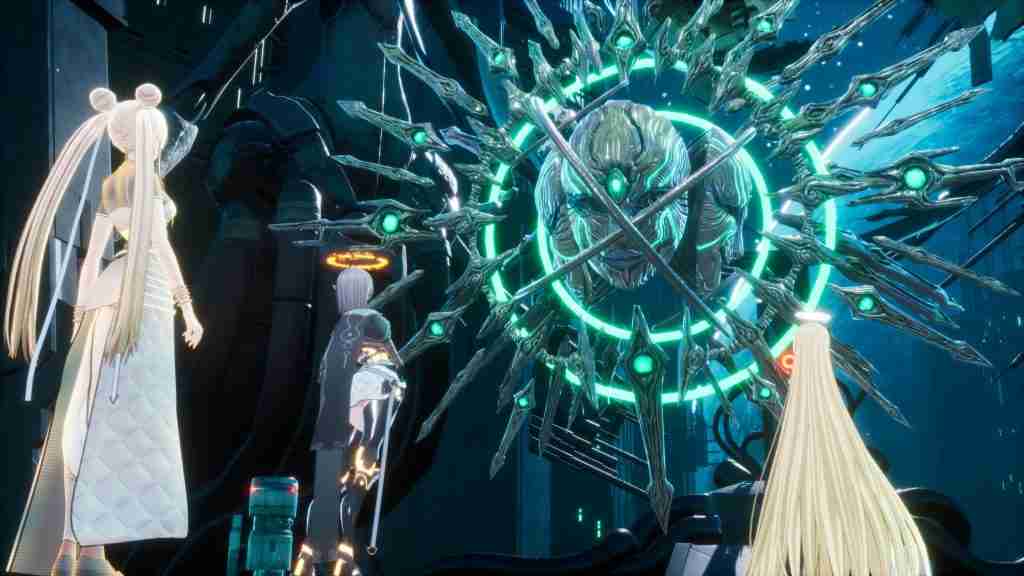
In all, CRYMACHINA is a visually and audibly stunning game. Despite its shortcomings and the heavy use of visual novel cutscenes, the combat is smooth and fluid with a story that’s deep and emotional.
Developers: FuRyu, Aquria
Platforms: Nintendo Switch, PlayStation 5, PlayStation 4, Microsoft Windows

